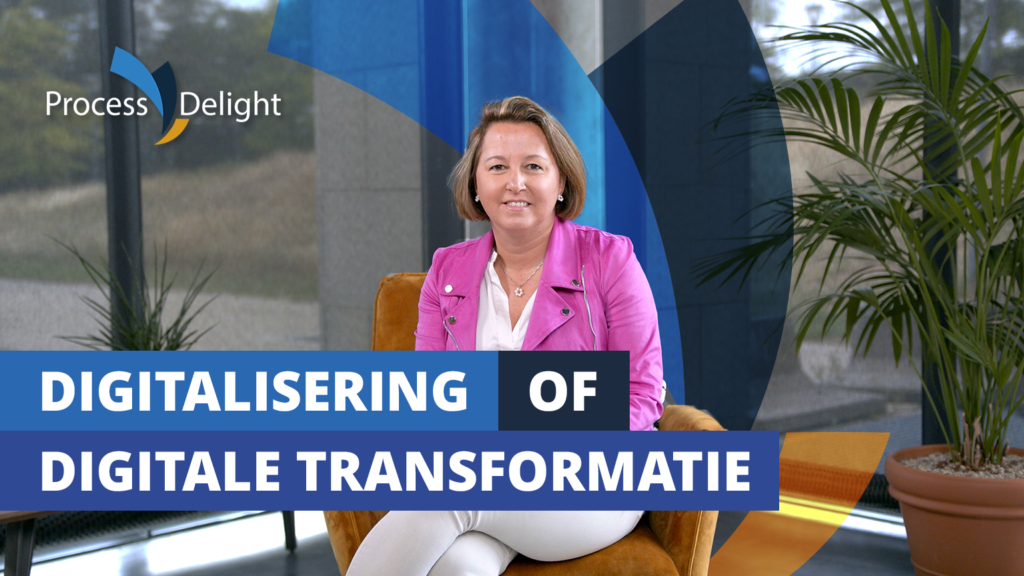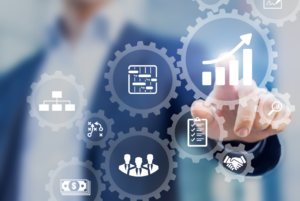'Digitization Unlocked' with Miet.
Introduction.
Lately you hear almost nothing else: "high time for digitization" or "every company must digitally transform with an eye on the future. While people and companies like to use such terms, all too often they are too quick to overlook the difference in definition and especially how the two processes are related.
Luckily, there is Digital Comfort Provider Miet Roelandt. In the blog below, you can read a nuanced explanation of the above issue as well as 3 crucial tips to get started in your organization.
Everything revolves around digital data.
The difference & connection
Let's get straight to the point: digitizing processes, is essentially about data. By automating your business processes, you can digitize and structure data in a way that in turn makes the various business processes intelligent. And then we get into the waters of what digital transformation is all about.
So digitization is a crucial step on the path to digital transformation, a journey that at its core is about future-proofing the structure of data across automated processes. This then enables you to make faster and more informed decisions. But let's take a step back.
Organic processes
The challenge
Perhaps you recognize it: data hidden in Excel files or lost in a jumble of folders. Processes that have grown organically over the years and are consequently misaligned are a common problem.
So the challenge is: how can we streamline our processes through digitization? Here are some tips that can get you started on the road to successful digitization.
3 practical tips
The road to success.
1. Involve people on the shop floor.
Always work from a bottom-up approach. The people who know and run the process will be motivated if they have a say in the digitization street.
In addition, digital tools should be tailored to users. This allows the organization to flexibly evolve to optimal operation and employees enjoy optimal digital comfort.


2. Analyze processes.
- Map the process steps: what action takes place when, by whom and what does that person need to accomplish that action?
- Document which data and documents are generated, and from which applications.
- For each step, map out internal and external communications.
3. Choose the right tools.
- Which tool qualifies for your processes and matches your employees' needs and your organization's ambtions?
- Where does your data reside and can this tool be integrated into your existing work environment?
- Is the implemented tool flexible enough to evolve with future processes without incurring high costs again?

Conclusion
After careful consideration and implementation of these steps, you are ready for the next phase of digital transformation. Digital transformation is all about making your data intelligent, such as by applying artificial intelligence (AI).
In other words, you are building business intelligence that allows you to make the right decisions. So it is essential to steer the right course toward data integration from the beginning, in order to future-proof your company and build flexibly without limitations. This is how you keep both the internal, and external stakeholders of your company happy.
Expert Video Series
Rather watch than read?
Discover even more tips and tricks? Then check out the video below!

Miet Roelandt
Miet has been involved with Process Delight since its inception. She pools her experience in a wide range of roles, from appraising buildings to running a company restaurant, at Process Delight to help clients maximize their operational efficiency. This versatility provides a unique perspective on the various facets of an organization, adding to her ability to understand and improve processes.





